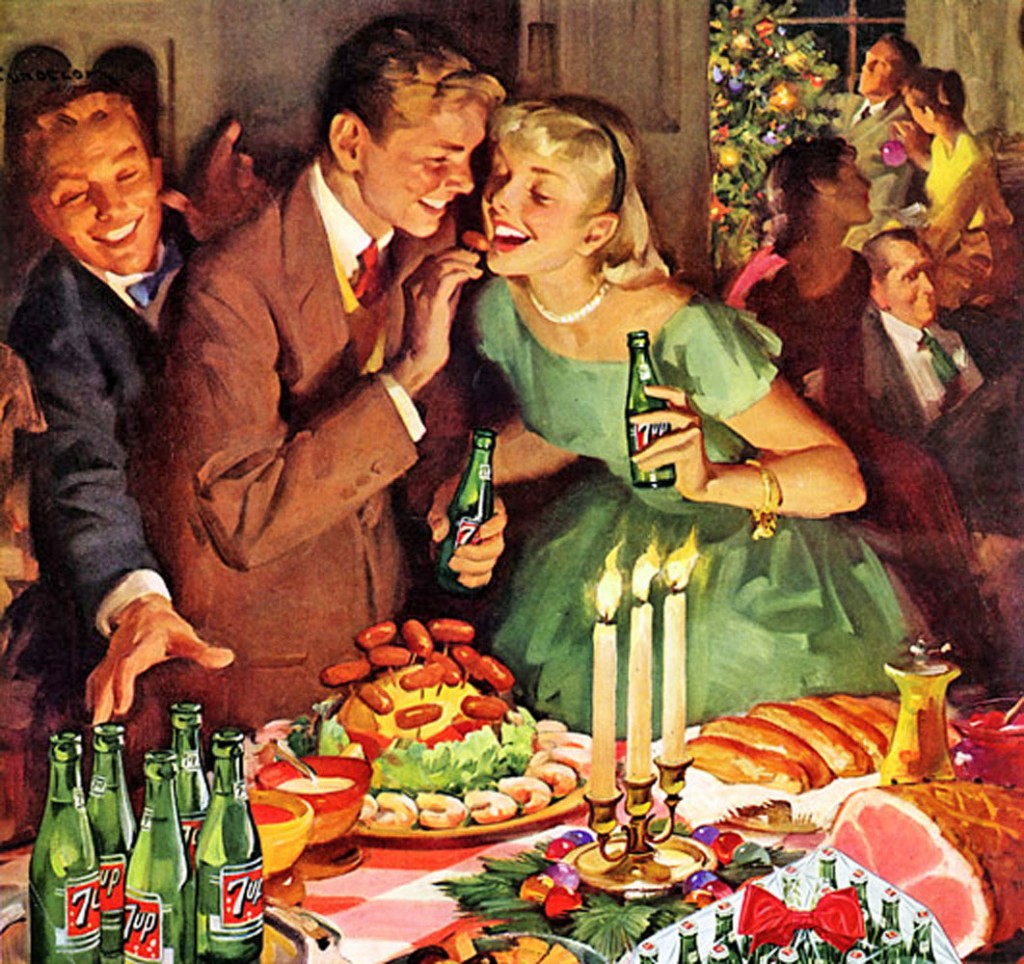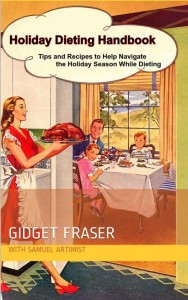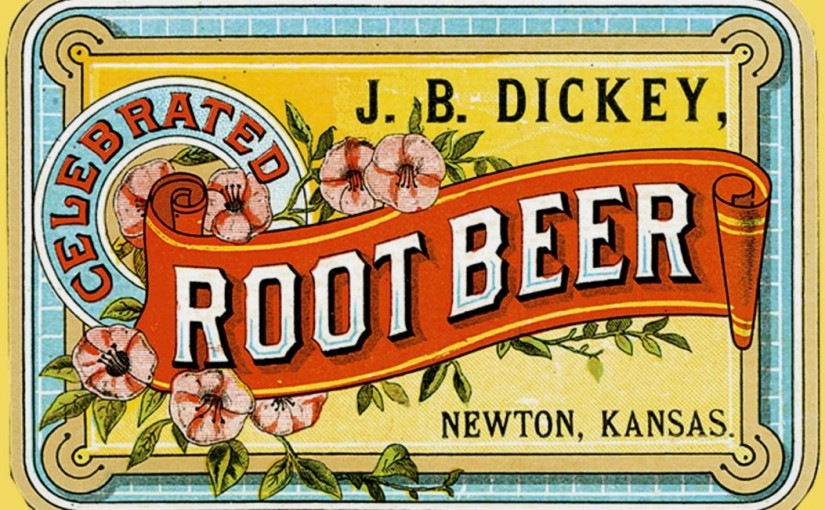
When the weather starts getting cooler in Autumn and the “Pumpkin Spice” flavored goodies appear wherever you look, most people who had been successful with their eating habits up until now will suddenly begin cheating too often and losing their hard-earned gains. Halloween candy, family feasts, pie, gravy, egg nog, fruitcake, cookies, chocolates… the last three months of every year! We all find our will-power being tested at holidays, and for many people who are trying to pursue body or fitness goals, this time of year mark the end of their healthy diet – they give up entirely and revert to horrible eating habits until New Year’s rolls around again, then the cycle starts over.
Anybody who tells you that its easy is lying to you. If it were easy then everybody would be in great shape. As a former athlete and fitness professional, I’ve spent years seeing how people struggle this time of year — including myself — and I’ve learned some valuable lessons to help navigate the holidays without blowing up your diet.
- Why do we crave fats and sugars?
- How to use “cheat meals” to keep you ON your diet without feeling guilty.
- Is gluten the real reason that you struggle to get trim? Or is it sugar? Or pesticides? Or something else?
- What should you do if you give in to temptation?
- Should you be eating low-fat or low-carb?
I’ve writen a new book called “The Holiday Dieting Handbook”, available at Amazon, which answers these questions and many more. Full of delicious holiday recipes that won’t compromise your diet or make you feel like you’re missing out. These are all-original recipes that aren’t on my website or anywhere else.
Want to know what the biggest lie in the fitness industry is? Here is an excerpt from the book:
Competitive athletes and bodybuilders have known for decades that the best way to get protein is to eat food; not protein powders or bars. Even though they all sell powders and bars, they rarely eat the stuff. The powder business is hugely profitable, and so they all try to sell the public on the myth that you can drink this expensive powder and look just like them. Meanwhile they almost never touch the stuff. Powders are highly processed waste byproduct of food manufacturing (mostly from dairy processing). They used to throw the stuff away, then someone got the idea to sell it. Through fancy packaging, attractive models, and a lot of misleading (or outright false) advertising, a multi-billion dollar business has sold a naïve public that they need powdered protein to get fit. I could write an entire book about all the fraud that goes on in the supplement business, but suffice for now that powders and bars should be your last option, not your first. These overpriced powders do have their place as an occasional meal replacement when you’re in a pinch and have no other choice, such as an airline flight, a long meeting, and when added to certain recipes. The pros do use powders in this limited way as well. Just remember: powders are a food of last resort.
 The Holiday Dieting Handbook is available now at Amazon for $1.99 digital download (free with Kindle Unlimited). I hope it helps you to make it to New Years with your diet intact!
The Holiday Dieting Handbook is available now at Amazon for $1.99 digital download (free with Kindle Unlimited). I hope it helps you to make it to New Years with your diet intact!

